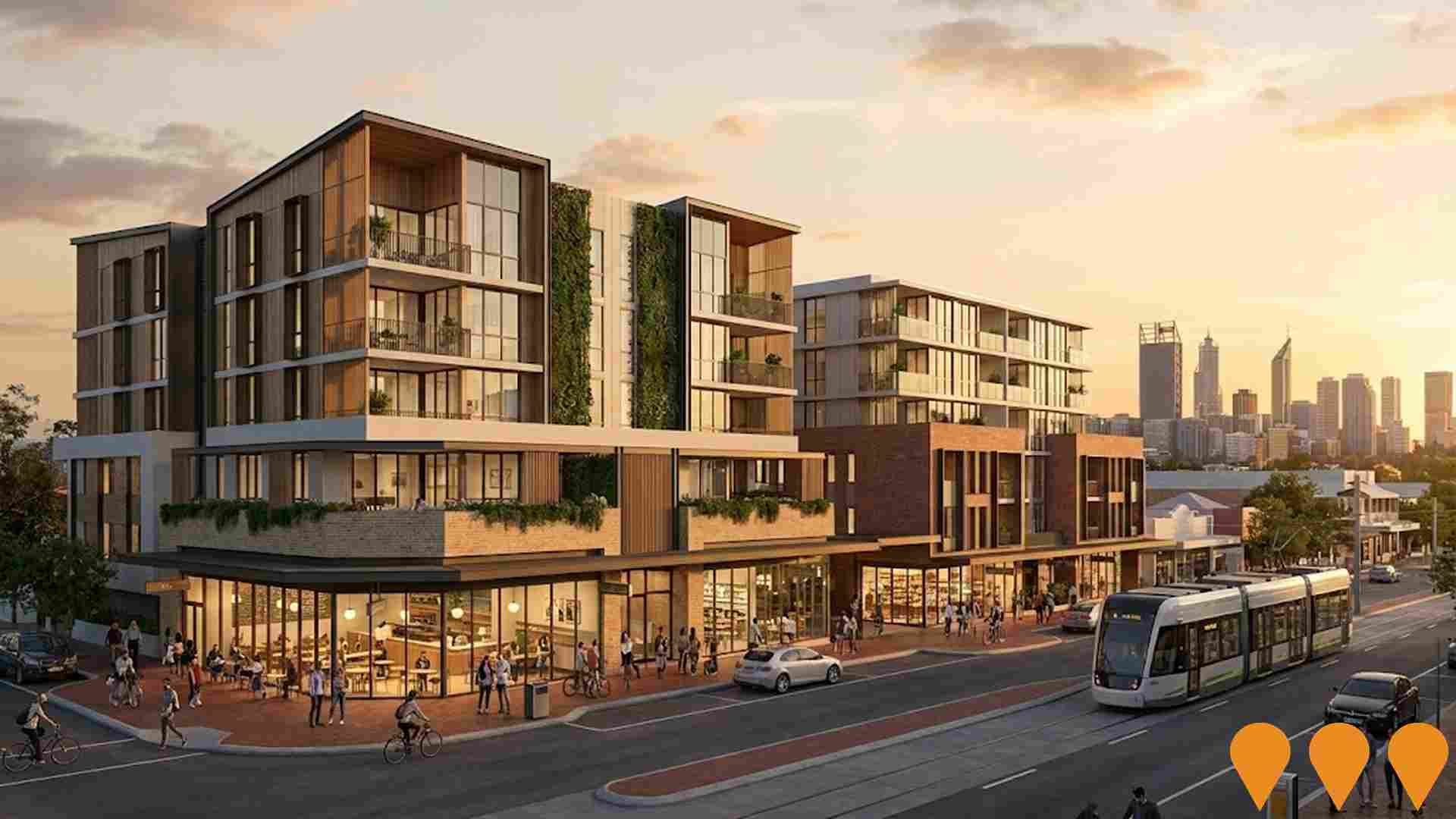Chart Color Schemes
est. as @ -- *
ABS ERP | -- people | --
2021 Census | -- people
Sales Activity
Curious about local property values? Filter the chart to assess the volume and appreciation (including resales) trends and regional comparisons, or scroll to the map below view this information at an individual property level.
Find a Recent Sale
Sales Detail
Population
Population growth drivers in Wembley - West Leederville - Glendalough are strong compared to national averages based on AreaSearch's ranking of recent, and medium to long-term trends
Wembley-West Leederville-Glendalough's population is 21,505 as of August 2025. This is an increase of 2,403 people since the 2021 Census, which recorded a population of 19,102. The change was inferred from ABS estimates of 21,430 in June 2024 and 121 new addresses validated since the Census date. This results in a density ratio of 3,278 persons per square kilometer, placing it in the upper quartile nationally according to AreaSearch assessments. The area's growth of 12.6% since the 2021 Census exceeds the national average of 8.6%, indicating strong growth leadership in the region. Overseas migration contributed approximately 94.0% of overall population gains recently.
AreaSearch uses ABS/Geoscience Australia projections for each SA2 area, released in 2024 with a base year of 2022. For areas not covered by this data and post-2032 estimates, AreaSearch utilises ABS Greater Capital Region growth rates by age cohort, released in 2023 based on 2022 data. Future demographic trends project above median population growth for the area, with an expected increase of 2,785 persons to 2041, representing a total gain of 12.6% over the 17 years.
Frequently Asked Questions - Population
Development
AreaSearch assessment of residential approval activity sees Wembley - West Leederville - Glendalough among the top 30% of areas assessed nationwide
Wembley - West Leederville - Glendalough has seen approximately 60 new homes approved annually. Over the past five financial years, from FY21 to FY25, around 302 homes were approved, with a further 12 approved in FY26 by June. On average, about 6.9 people per year have moved into the area for each dwelling built during these years.
This significant demand has outpaced supply, potentially influencing prices and competition among buyers. The average construction cost of new properties is around $598,000, indicating a focus on premium developments. In FY26, approximately $30.3 million in commercial approvals have been registered, suggesting strong local business investment. Compared to Greater Perth, Wembley - West Leederville - Glendalough has significantly less development activity, 60.0% below the regional average per person. This constrained new construction may reinforce demand and pricing for existing dwellings.
Similarly, when compared nationally, the area reflects market maturity and possible development constraints. The current building activity shows a concentration of detached houses (88.0%), sustaining the area's suburban identity with a focus on family homes suited to buyers seeking space. Interestingly, developers are building more traditional houses than the current mix suggests (43.0% at Census), indicating continued strong demand for family homes despite density pressures. With around 652 people per dwelling approval, Wembley - West Leederville - Glendalough reflects a highly mature market. Population forecasts indicate that the area will gain approximately 2,710 residents by 2041. At current development rates, housing supply may struggle to match population growth, potentially heightening buyer competition and supporting price increases.
Frequently Asked Questions - Development
Infrastructure
Wembley - West Leederville - Glendalough has limited levels of nearby infrastructure activity, ranking in the 10thth percentile nationally
Changes to local infrastructure significantly influence an area's performance. AreaSearch has identified 48 projects likely to impact the area. Notable ones include Subi East Redevelopment, Residential Apartments and Commercial Tenancies in Wembley, One Oval project, and Selby Street Intersection Upgrade. The following list details those most relevant.
Professional plan users can use the search below to filter and access additional projects.
INFRASTRUCTURE SEARCH
 Denotes AI-based impression for illustrative purposes only, not to be taken as definitive under any circumstances. Please follow links and conduct other investigations from the project's source for actual imagery. Developers and project owners wishing us to use original imagery please Contact Us and we will do so.
Denotes AI-based impression for illustrative purposes only, not to be taken as definitive under any circumstances. Please follow links and conduct other investigations from the project's source for actual imagery. Developers and project owners wishing us to use original imagery please Contact Us and we will do so.
Frequently Asked Questions - Infrastructure
St John of God Subiaco Hospital Redevelopment
Multi-stage campus redevelopment to modernise and expand St John of God Subiaco Hospital. Stage 2 enabling works (new energy centre, water plant, lift upgrades, car park remediation and main entrance refurbishment) are under construction and due for completion mid-2026. Stage 3 will deliver a new six-storey clinical services building with expanded operating theatres, procedure rooms, inpatient units and a new chapel. A separate Icon Cancer Centre radiation oncology bunker is also under construction for opening in 2026. A new high-voltage feeder from Shenton Park substation is in planning to support the expanded campus power needs.
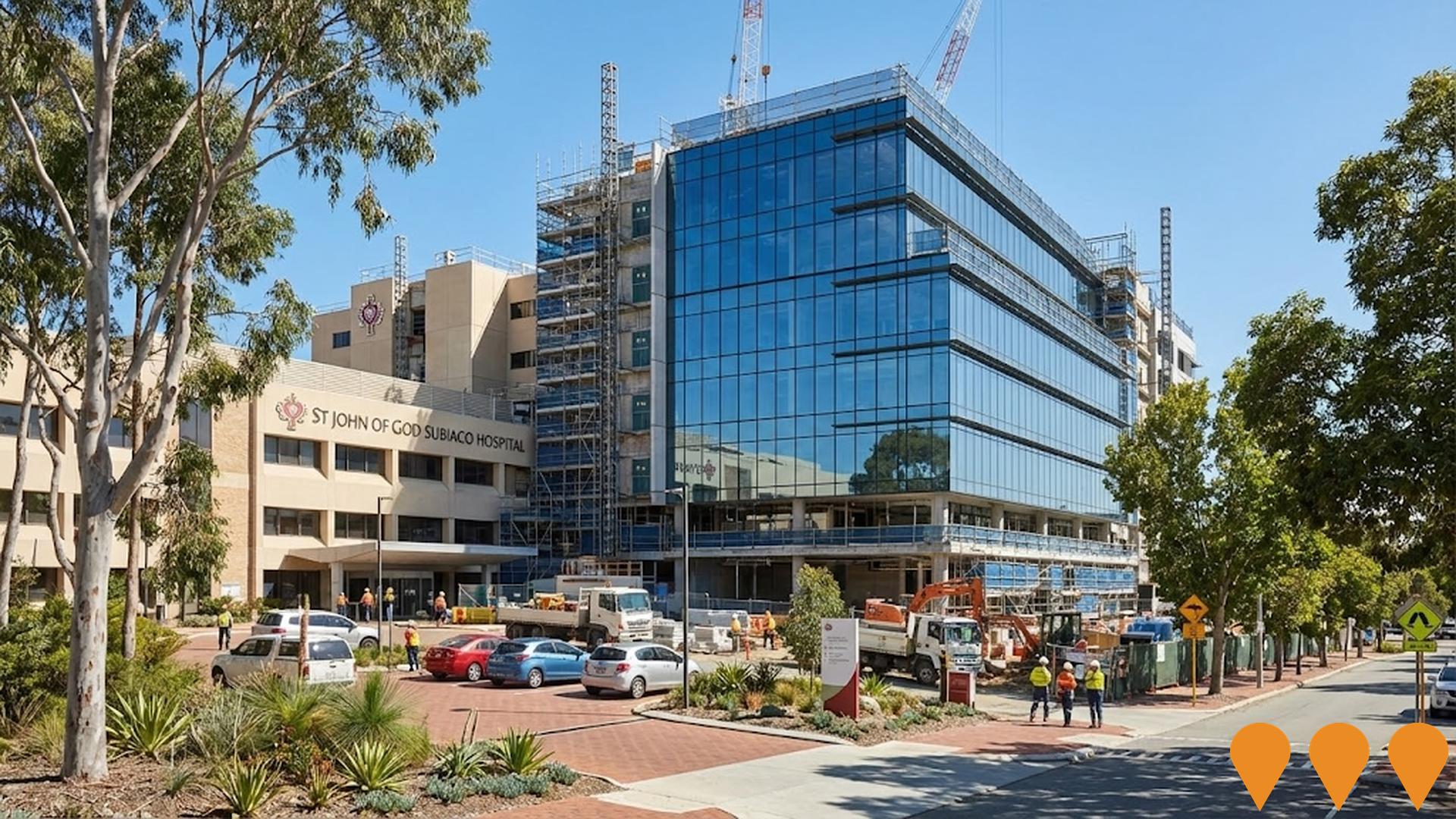
Subi East Redevelopment
A landmark 35-hectare inner-city urban renewal project transforming Subiaco Oval, the former Princess Margaret Hospital site (1909 precinct), Mueller Park, and Bob Hawke College into a vibrant mixed-use community. The project will deliver 2,700 new homes for over 4,000 residents, including affordable and social housing, alongside over 5,500 square meters of public open space, civic amenities, and sustainable design features. The Oval precinct Stage 1 is complete with award-winning landscaping and public spaces featuring the Six Seasons Bidi trail celebrating Noongar heritage. UEM Sunrise's One Oval development (342 apartments in three towers of 36, 26, and 11 storeys) received development approval in November 2024, with construction expected to commence in 2026 and completion in 2029. Court Place will deliver 447 homes (300 affordable, 147 social) via Community Housing Limited, with construction starting in 2026. The 1909 precinct commenced civil works in September 2024 to create 6 apartment sites for approximately 1,000 dwellings, with first lot release expected in early 2026. The project achieved 6 Star Green Star Communities Rating and is expected to generate over $1 billion in private investment over its 20-year delivery timeframe.
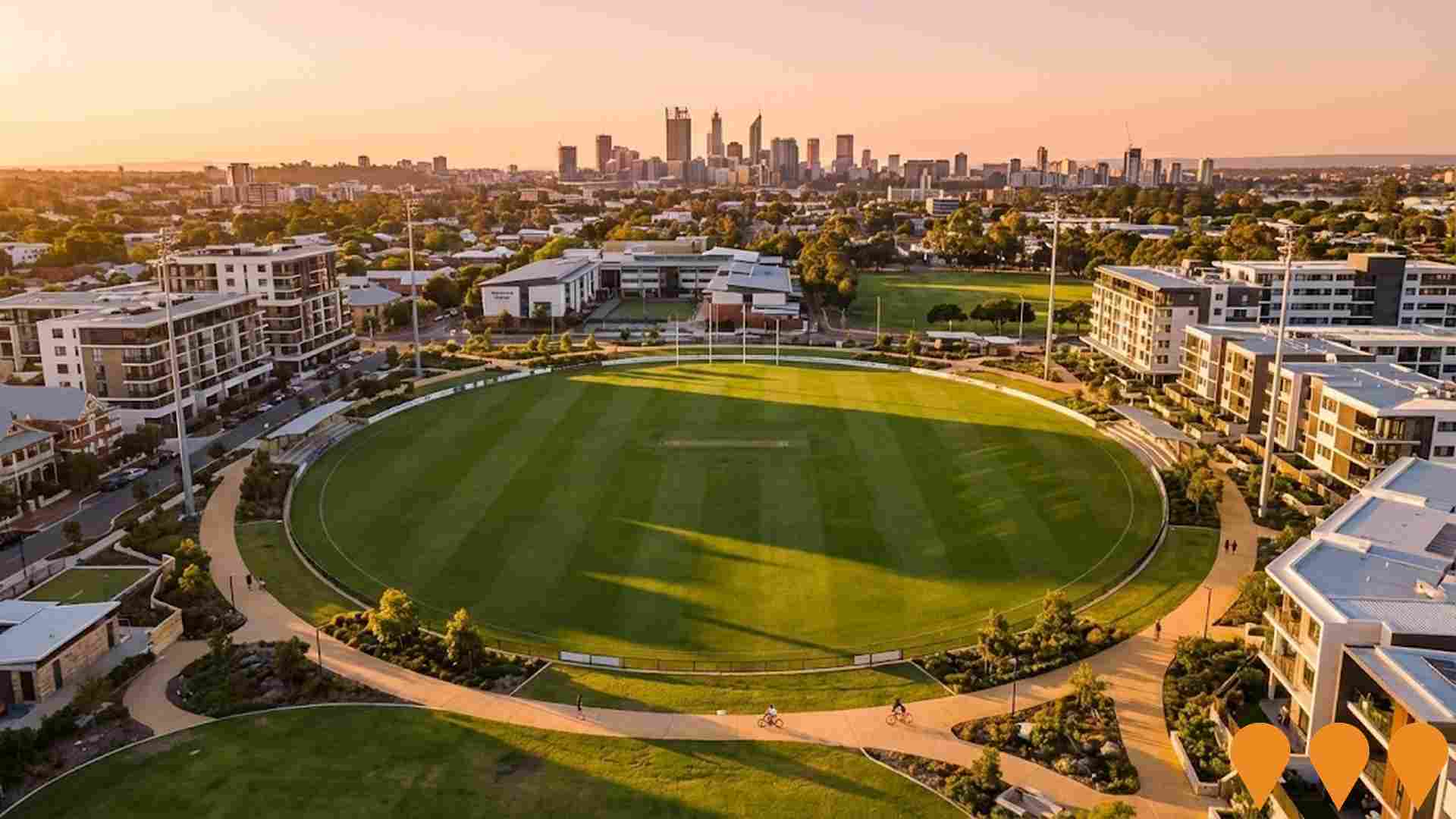
Cambridge Forum Mixed-Use Development
9,646 sqm anchor site within the Wembley Activity Centre (Lots 344-352 Cambridge St) with an approved local development plan enabling mixed-use development up to approximately seven storeys (circa 25 m). The existing Cambridge Forum international food court remains operational while the freehold is being marketed via an EOI campaign for redevelopment potential.
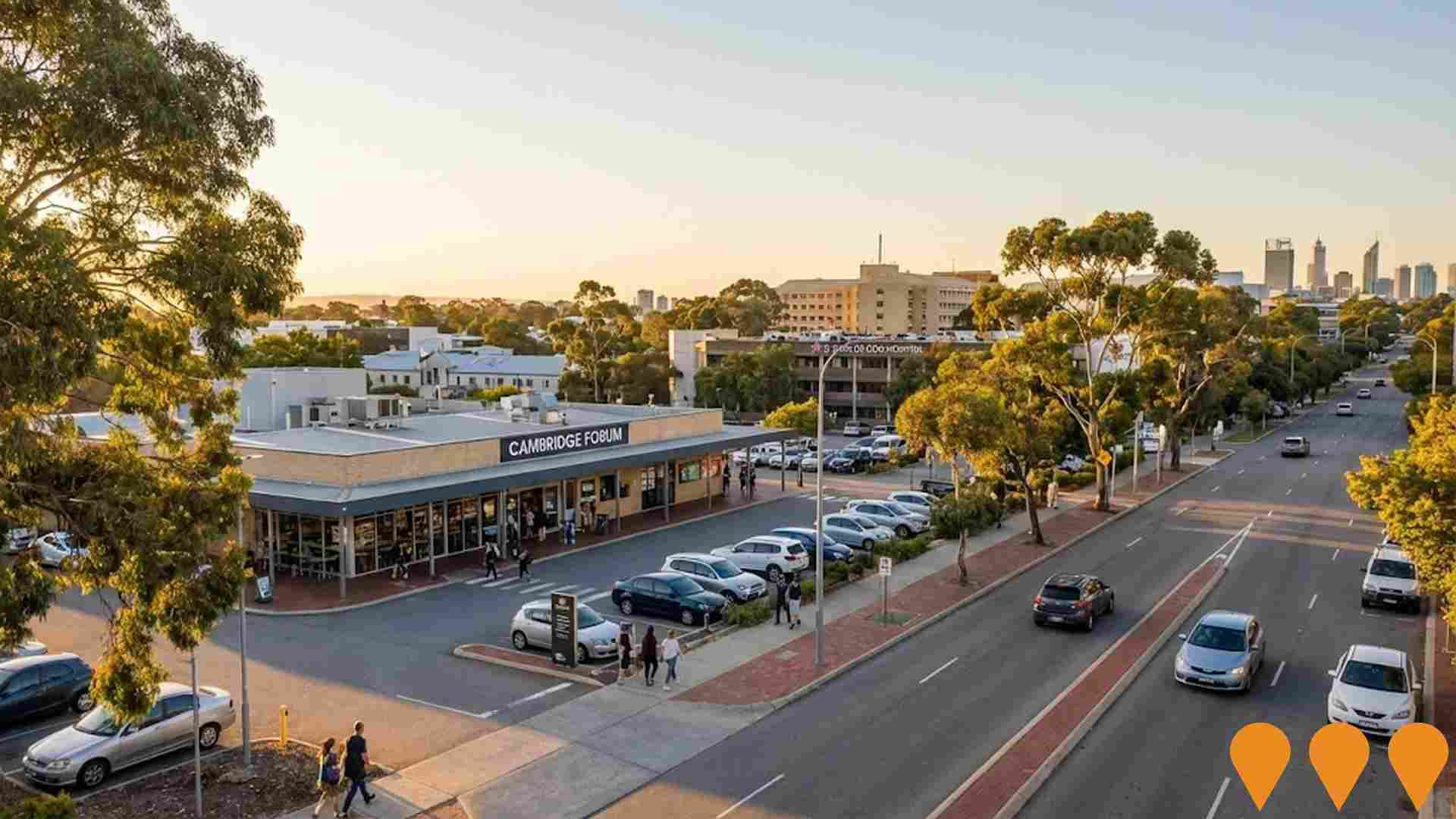
Rokeby Road Transit Oriented Development
Transit-oriented development linking residential and commercial uses with public transport
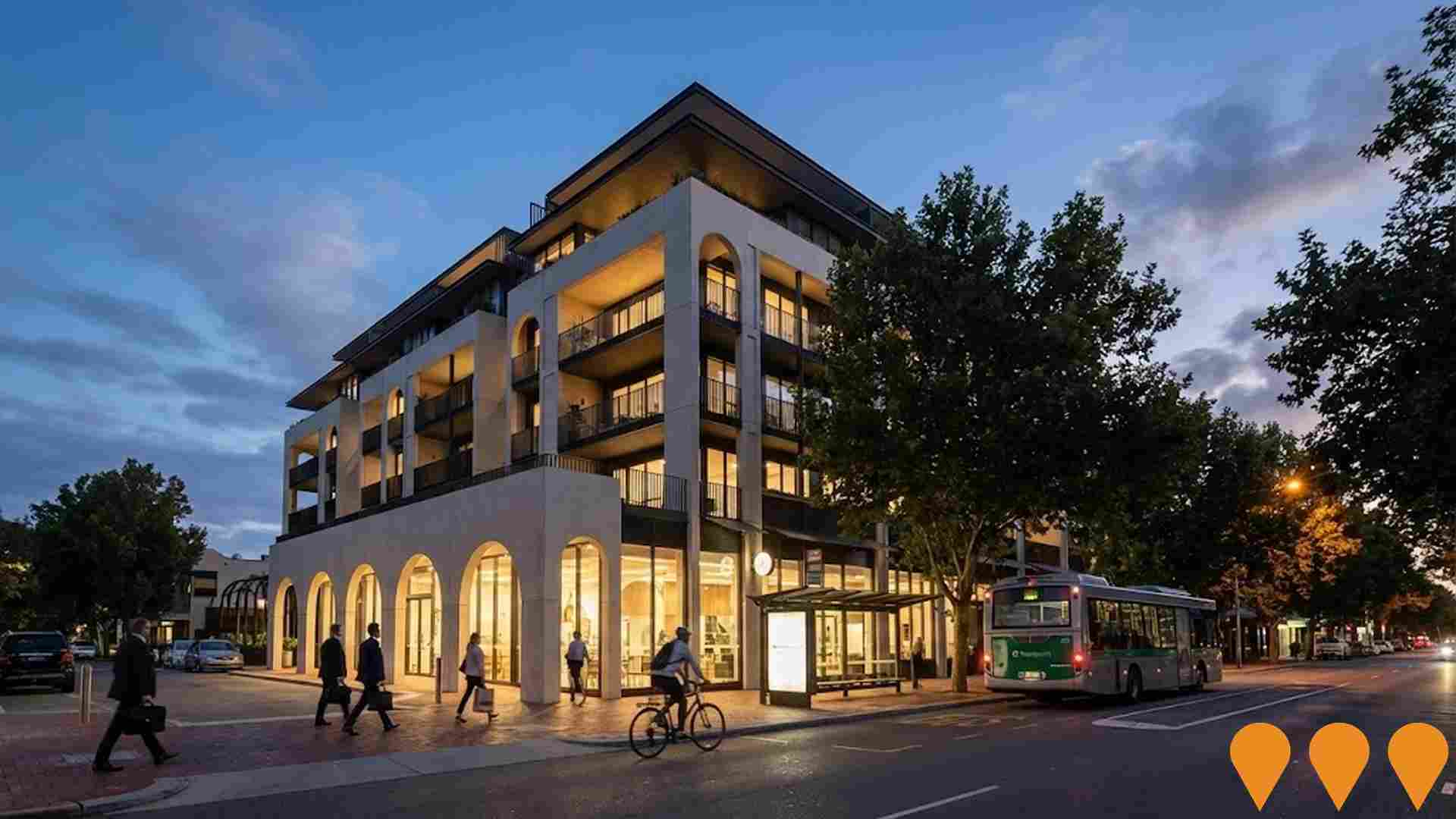
Wembley Activity Centre Precinct Structure Plan Review
The Town of Cambridge has prepared the Wembley Precinct Structure Plan to update the 2018 Wembley Activity Centre Plan. Public consultation closed 4 Aug 2025, Council endorsed a recommendation that the WAPC approve the draft PSP as modified, and the plan has been referred to the WAPC for decision. The PSP guides redevelopment, targeting additional housing and employment capacity while updating development controls and boundaries.
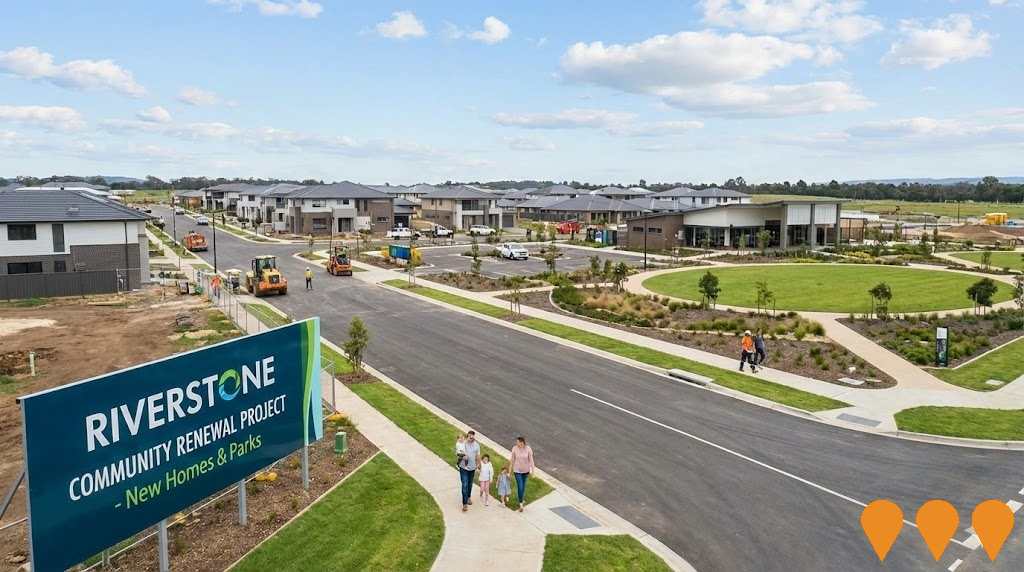
Bob Hawke College Facilities Enhancement
Enhancement of Bob Hawke College facilities including new science laboratories, sports facilities, and integration with the preserved Subiaco Oval playing surface for school sporting activities.
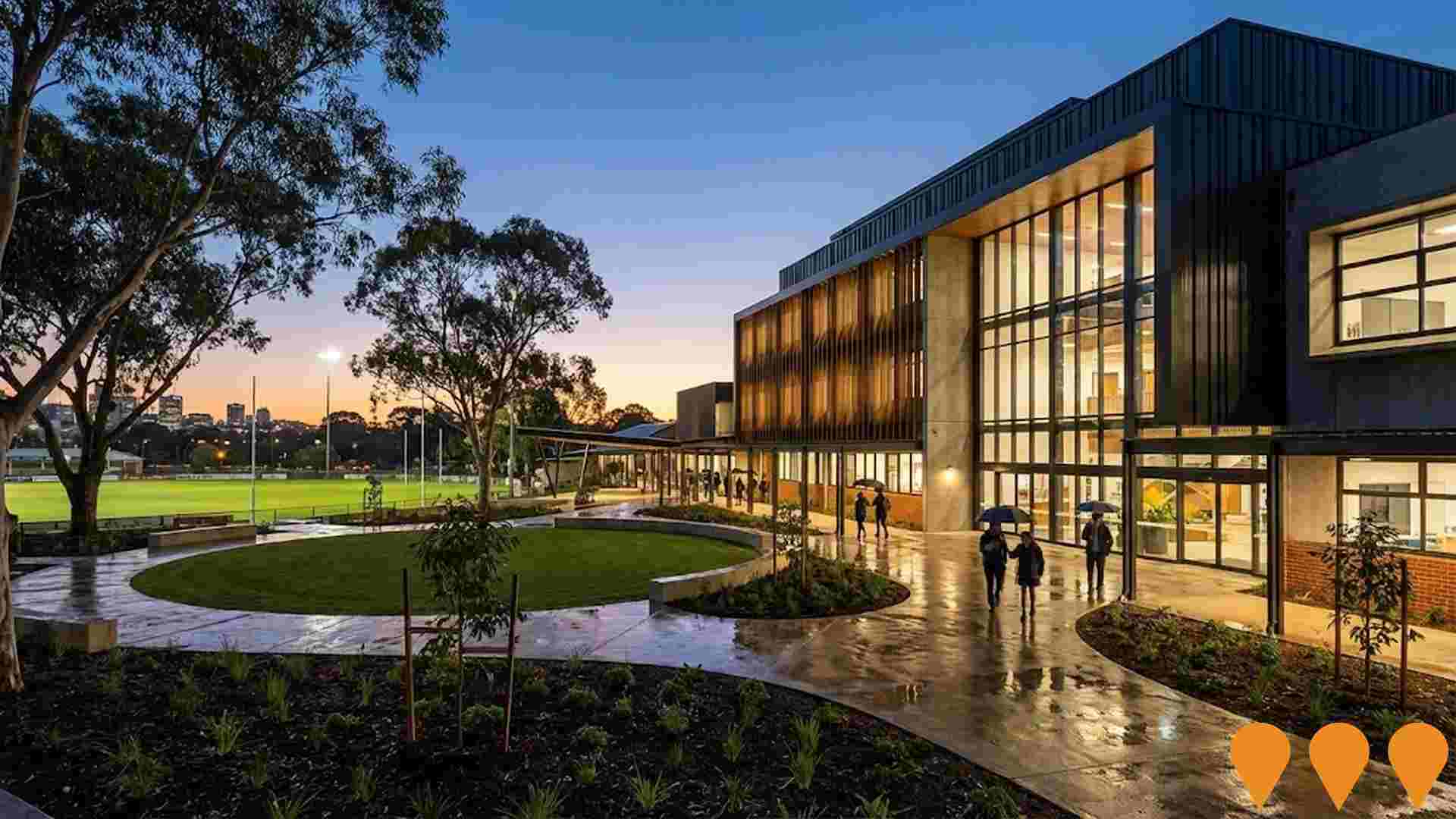
Salvado Road Medical Precinct
Expansion of medical facilities along Salvado Road
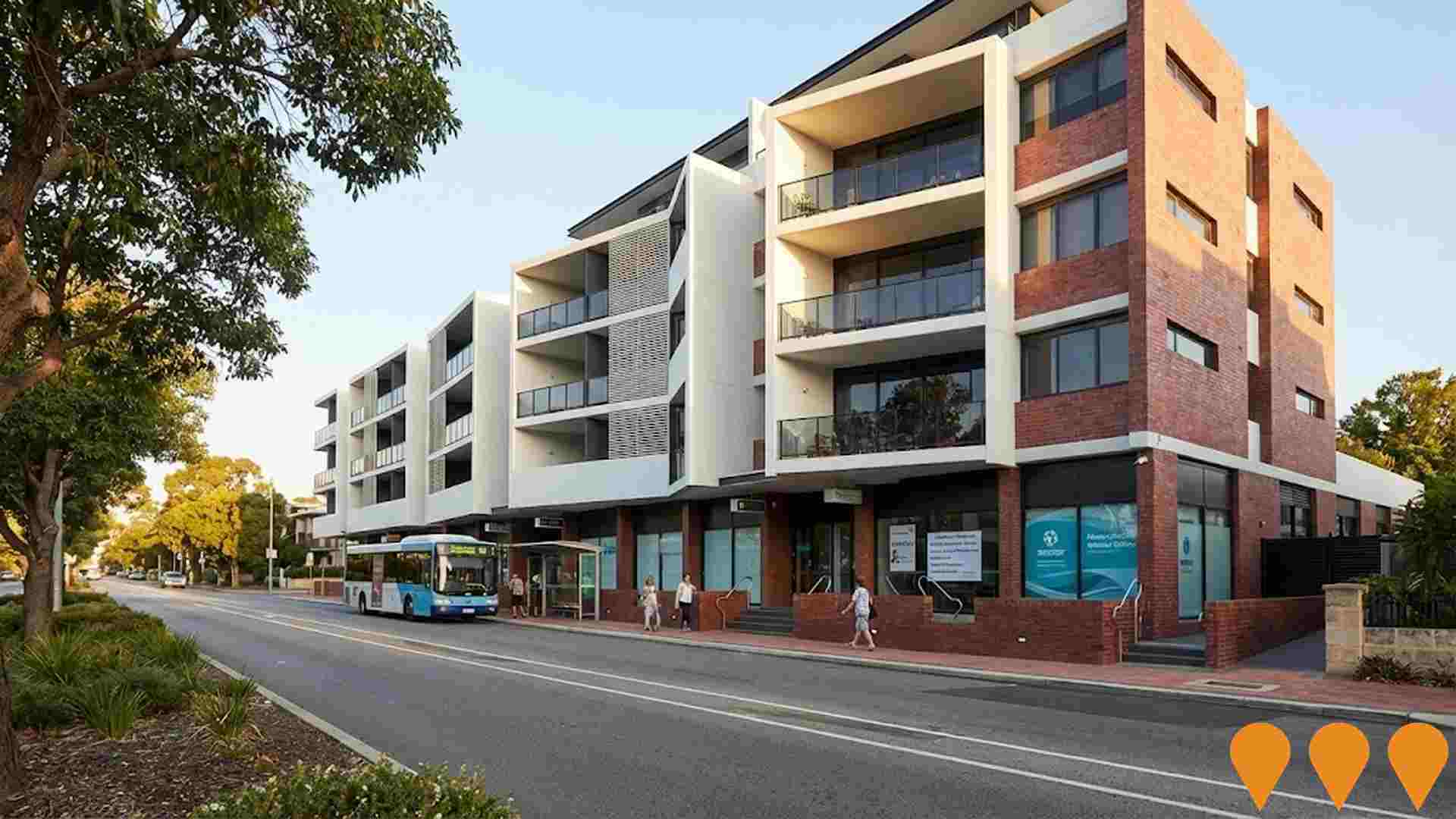
Regal Theatre Apartment Development
Mixed-use development incorporating heritage theatre with residential apartments
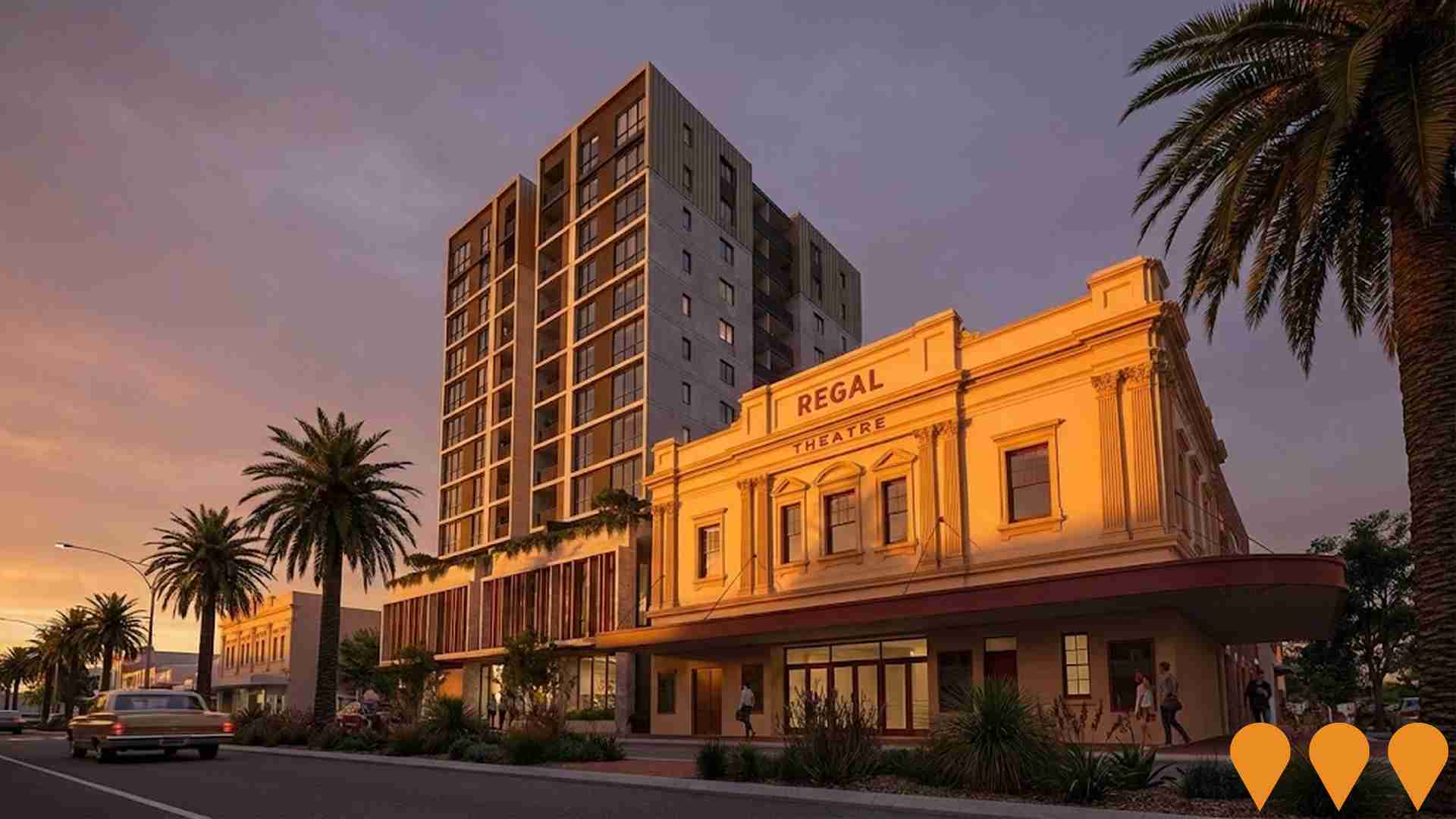
Employment
AreaSearch assessment positions Wembley - West Leederville - Glendalough ahead of most Australian regions for employment performance
Wembley - West Leederville - Glendalough has a highly educated workforce with strong professional services representation and an unemployment rate of 2.9%. As of June 2025, there are 12,930 residents employed, with an unemployment rate of 0.9% below Greater Perth's rate of 3.9%, and workforce participation at 71.2%.
Residents are concentrated in health care & social assistance, professional & technical services, and education & training. The area specializes in health care & social assistance, with employment share at 1.4 times the regional level, but has lower construction representation at 5.5% compared to the regional average of 9.3%. Many residents commute elsewhere for work based on Census data analysis. Over the year to June 2025, labour force levels decreased by 1.4%, employment declined by 2.3%, causing unemployment rate to rise by 0.9 percentage points.
In contrast, Greater Perth had employment growth of 3.7% and labour force growth of 3.8%. National employment forecasts from May 2025 project a 6.6% increase over five years and 13.7% over ten years. Applying these projections to Wembley - West Leederville - Glendalough's employment mix suggests local growth of approximately 7.2% over five years and 14.8% over ten years, though this is a simple weighting extrapolation for illustrative purposes only.
Frequently Asked Questions - Employment
Income
Income metrics indicate excellent economic conditions, with the area achieving higher performance than 75% of national locations assessed by AreaSearch
AreaSearch's latest postcode level ATO data for financial year ending June 2022 shows Wembley - West Leederville - Glendalough had a median income among taxpayers of $68,923 and an average of $108,037. Nationally, these figures are exceptionally high compared to Greater Perth's median of $58,380 and average of $78,020. Based on Wage Price Index growth of 14.2% since financial year ending June 2022, estimated current incomes as of September 2025 would be approximately $78,710 (median) and $123,378 (average). According to Census 2021 income data, individual earnings in the suburb stand out at the 83rd percentile nationally ($1,055 weekly). Income analysis reveals that 28.4% of residents earn between $1,500 and $2,999 weekly (6,107 residents), mirroring the metropolitan region where 32.0% fall into this bracket. A substantial proportion of high earners (32.9%) have incomes above $3,000 per week, indicating strong economic capacity throughout the suburb. After housing costs, 86.0% of income remains for other expenses. The suburb's SEIFA income ranking places it in the 8th decile.
Frequently Asked Questions - Income
Housing
Wembley - West Leederville - Glendalough displays a diverse mix of dwelling types, with above-average rates of outright home ownership
In Wembley-West Leederville-Glendalough, as per the latest Census, 43.0% of dwellings were houses while 56.9% were other types such as semi-detached homes and apartments. This contrasts with Perth metropolitan area's 37.1% houses and 62.9% other dwellings. Home ownership in the area stood at 26.6%, with mortgaged properties making up 30.7% and rented ones 42.7%. The median monthly mortgage repayment was $2,167, aligning with Perth metro's average, while median weekly rent was $300 compared to Perth metro's $390. Nationally, mortgage repayments were higher at $2,167 versus the Australian average of $1,863, and rents were lower at $300 compared to Australia's figure of $375.
Frequently Asked Questions - Housing
Household Composition
Wembley - West Leederville - Glendalough features high concentrations of lone person households and group households, with a higher-than-average median household size
Family households account for 62.4% of all households, including 28.4% couples with children, 25.7% couples without children, and 6.9% single parent families. Non-family households comprise the remaining 37.6%, with lone person households at 33.1% and group households making up 4.5%. The median household size is 2.3 people, which is larger than the Greater Perth average of 2.1.
Frequently Asked Questions - Households
Local Schools & Education
Wembley - West Leederville - Glendalough demonstrates exceptional educational outcomes, ranking among the top 5% of areas nationally based on AreaSearch's comprehensive analysis of qualification and performance metrics
Educational attainment in Wembley-West Leederville-Glendalough is notably higher than broader benchmarks. As of 2016, 55.3% of residents aged 15+ held university qualifications, compared to 27.9% in Western Australia and 30.1% in Greater Perth. Bachelor degrees were the most common at 34.8%, followed by postgraduate qualifications (16.2%) and graduate diplomas (4.3%). Vocational pathways accounted for 22.2% of qualifications, with advanced diplomas at 10.9% and certificates at 11.3%.
Educational participation was high, with 31.0% of residents enrolled in formal education as of 2016. This included 9.7% in primary education, 8.3% in tertiary education, and 6.9% pursuing secondary education. Six schools operated within the area in 2016, educating approximately 2,277 students. The area had significant socio-educational advantages and academic achievement (ICSEA: 1134). There were four primary and two K-12 schools. School places per 100 residents stood at 10.6 in 2016, below the regional average of 17.2. Some students may have attended schools in adjacent areas.
Frequently Asked Questions - Education
Schools Detail
Nearby Services & Amenities
Transport
Transport servicing is high compared to other areas nationally based on assessment of service frequency, route connectivity and accessibility
The transport analysis indicates that there are 85 active transport stops operating within the Wembley - West Leederville - Glendalough area. These stops offer a mix of train and bus services. They are serviced by 40 individual routes, collectively providing 7,159 weekly passenger trips.
The report rates transport accessibility as excellent, with residents typically located 174 meters from the nearest transport stop. Service frequency averages 1,022 trips per day across all routes, equating to approximately 84 weekly trips per individual stop.
Frequently Asked Questions - Transport
Transport Stops Detail
Health
Wembley - West Leederville - Glendalough's residents are extremely healthy with younger cohorts in particular seeing very low prevalence of common health conditions
Analysis of health metrics shows strong performance throughout Wembley-West Leederville-Glendalough. Younger cohorts in particular have a very low prevalence of common health conditions. The rate of private health cover is exceptionally high at approximately 75% of the total population (16,064 people), compared to 69.8% across Greater Perth and the national average of 55.3%.
The most common medical conditions in the area are mental health issues and asthma, impacting 7.6 and 6.1% of residents respectively. 75.8% of residents declare themselves completely clear of medical ailments, compared to 74.5% across Greater Perth. The area has 15.5% of residents aged 65 and over (3,335 people). Health outcomes among seniors are above average but require more attention than the broader population.
Frequently Asked Questions - Health
Cultural Diversity
Wembley - West Leederville - Glendalough is among the most culturally diverse areas in the country based on AreaSearch assessment of a range of language and cultural background related metrics
Wembley-West Leederville-Glendalough has high cultural diversity with 27.0% speaking a language other than English at home and 41.8% born overseas. Christianity is the main religion, comprising 38.2%. Buddhism is overrepresented at 9.2%, compared to 4.3% in Greater Perth.
Top ancestry groups are English (24.9%), Australian (19.3%), and Other (15.7%). French, Welsh, and Croatian ethnicities show notable divergences: French is 0.8% vs regional 0.8%, Welsh is 0.7% vs 0.7%, and Croatian is 0.8% vs regional 0.9%.
Frequently Asked Questions - Diversity
Age
Wembley - West Leederville - Glendalough's population is slightly younger than the national pattern
Wembley - West Leederville - Glendalough's median age in 2021 was nearly 36 years, close to Greater Perth's average of 37, which is slightly below Australia's median age of 38. Compared to Greater Perth, Wembley - West Leederville - Glendalough had a higher proportion of residents aged 25-34 at 17.9% but fewer residents aged 55-64 at 8.5%. Between the 2021 Census and the previous one, the population aged 15-24 grew from 10.1% to 11.1%, while the proportion of those aged 55-64 decreased from 9.2% to 8.5%. By 2041, demographic modeling projects significant changes in Wembley - West Leederville - Glendalough's age profile. The 75-84 cohort is expected to grow by 83%, adding 880 residents to reach a total of 1,945. Residents aged 65 and above are projected to drive 55% of population growth, indicating demographic aging trends. Conversely, the 0-4 and 5-14 age groups are expected to experience population declines.


